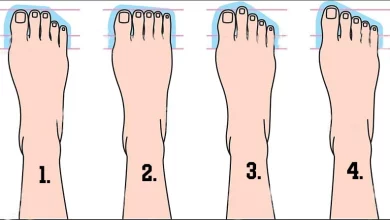THE REAL REASON WHY YOUR STOMACH IS BLOATED AND HOW TO GET RID OF IT OVERNIGHT! – Wake Up Happy
how is crohn’s disease diagnosed?
Diagnosis of Crohn’s disease is based on X-ray and endoscopic examination with biopsy, which reveals an inflammatory lesion of one or more parts of the gastrointestinal tract, usually extending to all layers of the intestinal wall.
Inflammation of the intestinal wall is evidenced by leukocytes in the feces.
With diarrhea (at the beginning of the disease or with relapse), feces are examined for pathogens of intestinal infections, protozoa, helminth eggs, and clostridia.
In the diagnosis of Crohn’s disease, an important role belongs to X-ray studies with contrast (rhinoscopy with double contrast, the study of the passage of barium, intubation enterography – the study of the small intestine with barium, which is injected through a nasogastric probe into the duodenum).
Scintigraphy with labeled leukocytes allows you to distinguish an inflammatory lesion from a non-inflammatory one; it is used in cases where the clinical picture does not correspond to the X-ray data.
Endoscopy of the upper or lower parts of the gastrointestinal tract (if necessary, with a biopsy) allows you to confirm the diagnosis and clarify the localization of the lesion.
With colonoscopy in patients who have undergone surgery, it is possible to assess the condition of anastomoses, the likelihood of relapse, and the effect of treatment carried out after surgery.
A biopsy can confirm the diagnosis of Crohn’s disease, in particular, distinguish it from ulcerative colitis, exclude acute colitis, identify dysplasia or cancer.
How to treat Crohn’s disease?
consult a doctor.
Important:
All information provided at Keygx.com is for INFORMATION only and is not a substitute for the consultation, diagnosis, or professional medical care.
If you have a health problem, contact a health care professional immediately.



